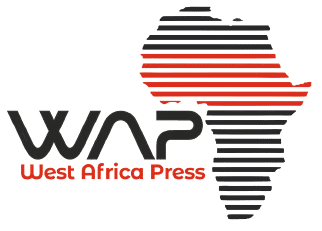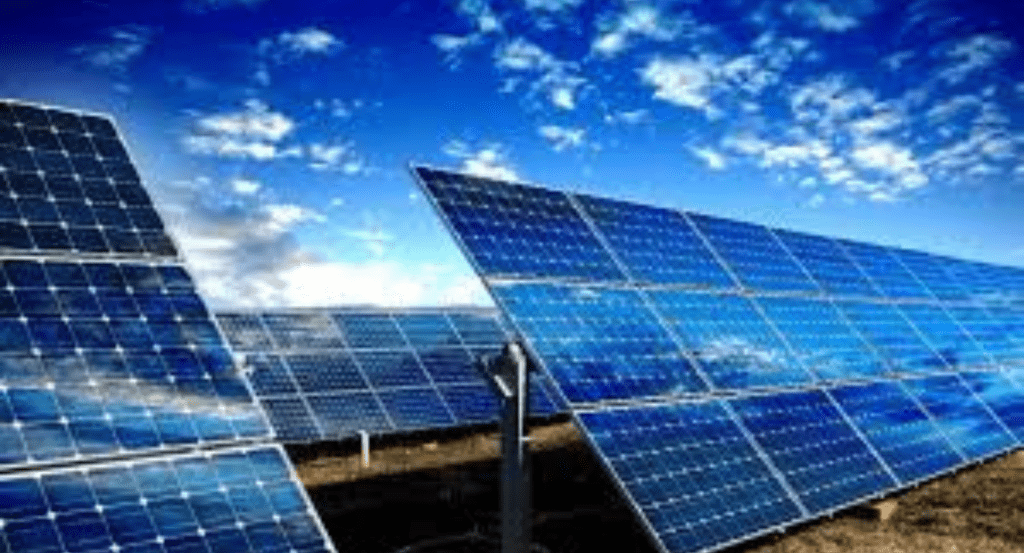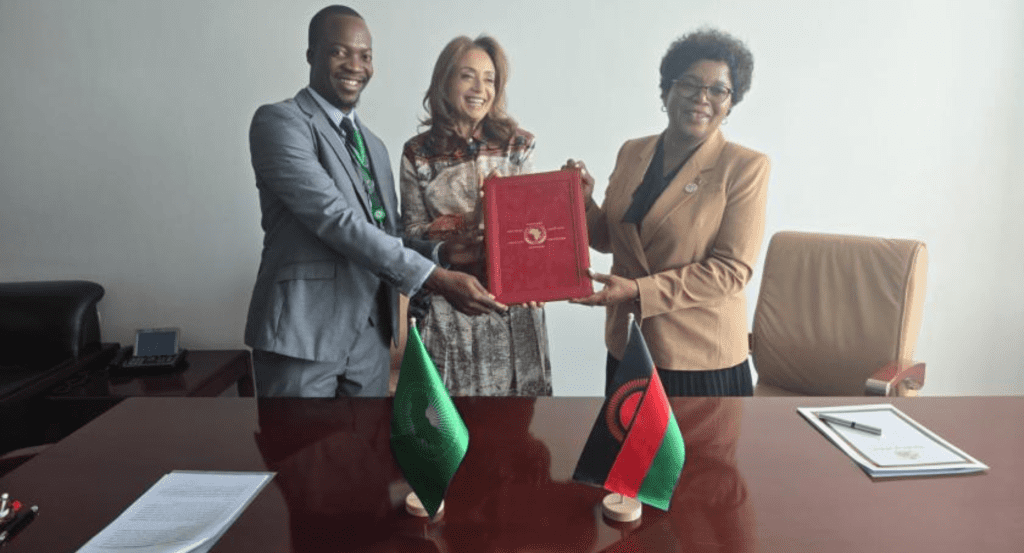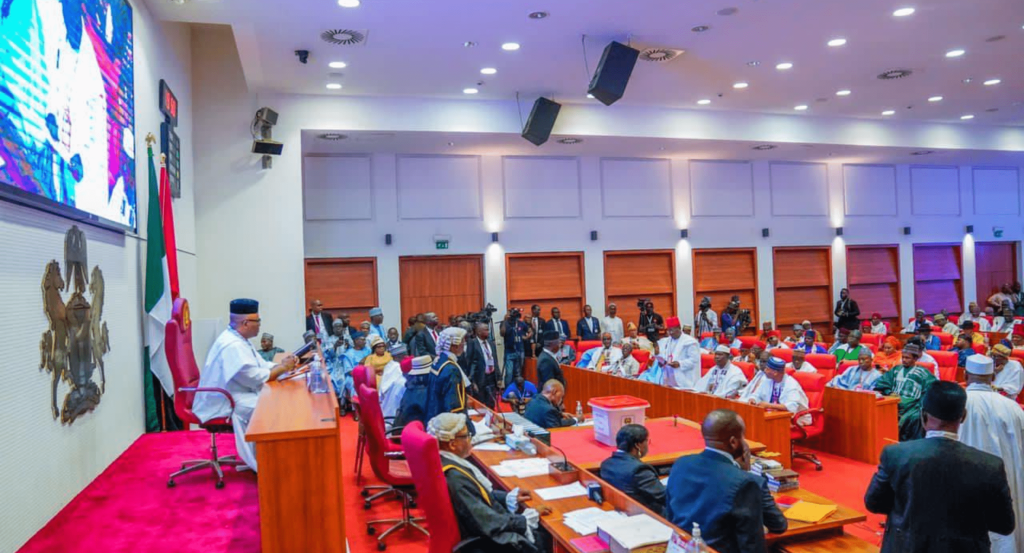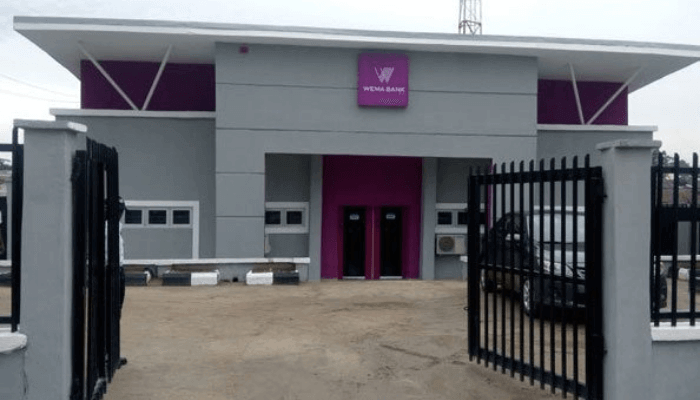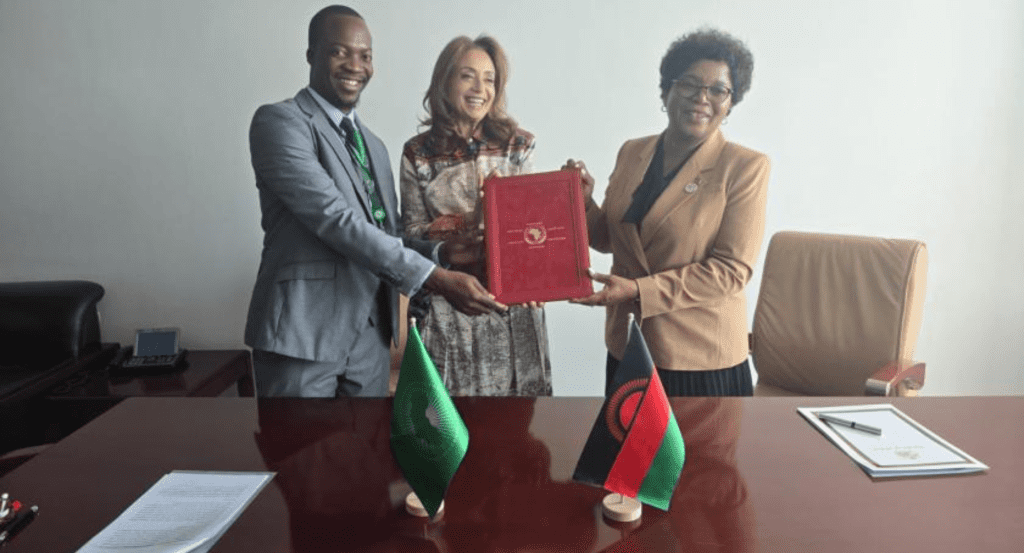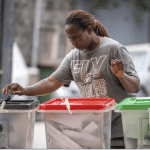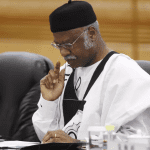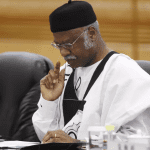On March 20, 2023, Senegal inaugurated West Africa’s largest solar farm, significantly advancing its renewable energy initiatives. The solar facility, located in the commune of Kaolack, will contribute to Senegal’s goal of expanding its energy mix and reducing reliance on fossil fuels.
The solar farm, named the Kahone Solar Plant, has a capacity of 60 megawatts (MW) and is expected to supply power to more than 150,000 households across the country. This project is part of a broader strategy to generate 30% of Senegal’s energy from renewable sources by 2025. The project was developed by a consortium that includes the French energy company Engie, Meridiam, and Senegal’s sovereign wealth fund, the Fonds souverain d’investissements stratégiques (Fonsis).
The government has underscored the importance of this project as a means to combat energy poverty and foster sustainable development. President Macky Sall, who attended the inauguration, stated that the solar farm would not only help meet the rising electricity demand but also align with global efforts to mitigate climate change by reducing greenhouse gas emissions.
The solar farm was built under the International Finance Corporation’s “Scaling Solar” initiative, which aims to facilitate the development of solar power in emerging markets. This project has been financed through various international partnerships, with contributions from the European Investment Bank (EIB) and Proparco, the French Development Agency.
Officials have indicated that the Kahone Solar Plant will play a vital role in stabilizing Senegal’s energy supply, especially in the face of growing electricity needs. With an estimated operational lifespan of 25 years, the solar facility will significantly reduce reliance on imported fossil fuels, thereby enhancing energy security.
In summary, the launch of West Africa’s largest solar farm marks a pivotal step for Senegal in its quest for energy independence and environmental sustainability. As the country continues to invest in renewable energy, it aims to lead the way in the region’s transition towards a greener future.
